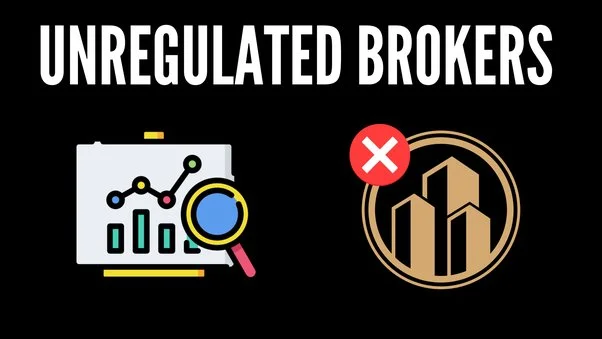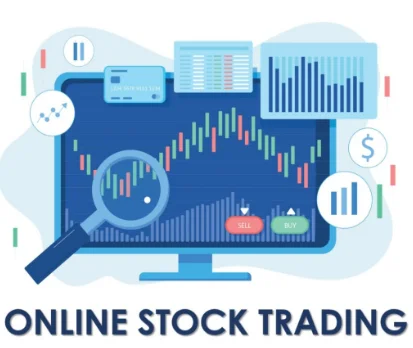
Within the financial sector, the phrase “virtual financial market” is not a widely used or recognised word. It might, however, be referring to one of the following ideas:
- Online platforms or software programmes that imitate genuine financial markets for training or educational reasons are referred to as virtual trading platforms. Users of virtual trading platforms can practise trading stocks, options, or other financial products using fictitious or virtual funds without risking their own money. Beginners frequently utilise these platforms to gain expertise prior to joining in actual financial markets.
- Digital or online financial markets: In a broad sense, the phrase “virtual financial market” may be used to refer to contemporary digital or online financial markets, where a sizable amount of trading and investing occurs. These markets, which enable financial transactions electronically over computer networks, include stock exchanges, cryptocurrency exchanges, forex (foreign exchange) markets, and commodities markets.
- Markets for cryptocurrencies: With cryptocurrencies like Bitcoin and Ethereum becoming more and more well-known, some people may refer to the entire ecosystem of digital currencies and the exchanges that support them as a “virtual financial market.” Since they are often decentralised and exchanged online, cryptocurrencies give their markets a distinctively virtual quality.
- Financial Environments in Virtual Reality (VR): New applications are being developed that employ virtual reality to generate realistic financial settings. Users can interact with financial data and markets in a virtual world through these VR experiences, which can imitate financial trading floors or investment environments.
It’s vital to keep in mind that today, traders and investors conduct business on the financial markets mostly using digital or electronic means, such as computer systems and online marketplaces. However, providing further information or clarifications might be useful to provide a more explicit explanation if you have a particular context or meaning in mind for “virtual financial market.”
Conclusion
In conclusion, the phrase “virtual financial market” can refer to a variety of ideas in the fields of technology and finance. The term could be used to describe developing apps that use virtual reality to improve financial experiences, online platforms for simulating trading, the digital aspect of contemporary financial markets, the world of cryptocurrencies and associated exchanges, or even the world of cryptocurrencies.
The phrase “virtual financial market” may have many meanings depending on the situation, but it emphasises how financial markets are always evolving into digital and technologically advanced environments. Investors and players must adapt to these developments and stay educated on how the virtual financial markets are changing as technology continues to transform the financial sector.
FOR MORE INFO CLICK THIS SITE:https://learningsharks.in/
FOLLOW OUR PAGE:https://www.instagram.com/learningsharks/?hl=en









